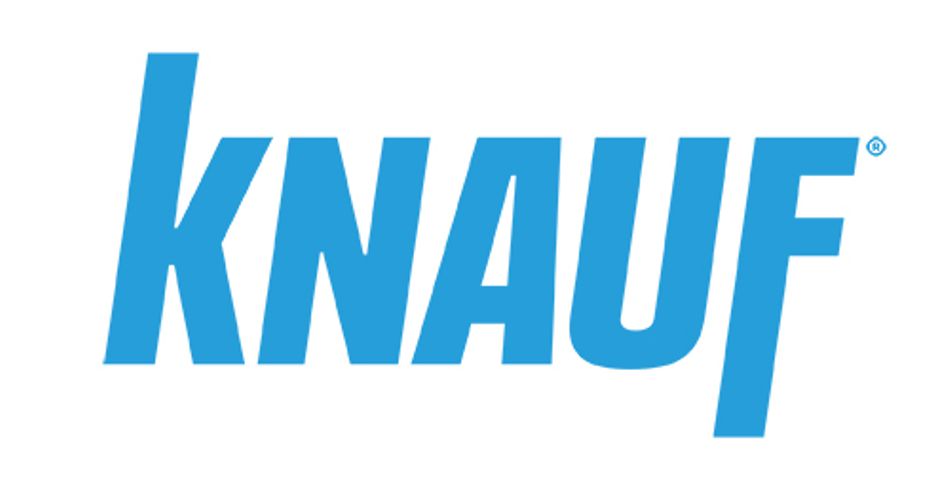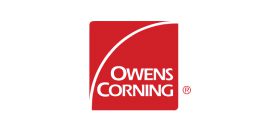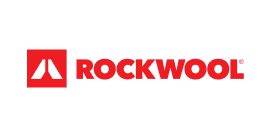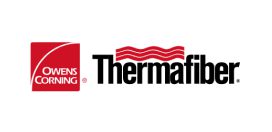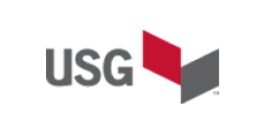Insulation systems for metal buildings are considered a critical building component in today’s construction. Fiberglass metal building insulation is different than the traditional home building insulation product:
- It’s manufactured in lengths and widths to match the widths and span of metal girts and purlins
- It’s engineered to meet the unique thermal and acoustical requirements for metal
Fiberglass metal building insulation is also an important component for ASHRAE 90.1 and IECC energy code compliance.
Where is it used?
Fiberglass metal building insulation is used to insulate exterior walls and roofing systems of metal buildings. It is also used as an additional layer of insulation in metal re-roof applications, on built-up roofs, and single-ply roofs typically used on commercial buildings.
Insulation benefits in metal buildings
- Controls Heat Flow – to regulate the rate of heat transfer throughout the building and reduce energy consumption
- Controls Condensation – on interior building surfaces, when properly installed with a vapor retarder
- Controls Noise – by preventing transmission of exterior sounds and absorbing reverberating interior sounds
- Increases Lighting Efficiency – when laminated insulation facing is used for walls and ceilings, it reflects light
What is certified metal building insulation?
NAIMA 202-96® Certified Metal Building Insulation is fiberglass insulation that’s laminated and manufactured specifically for the metal building market. Certified to a specific set of standards, this type of insulation is manufactured to retain its R-value after lamination, which is critical to properly insulate metal buildings.
Tested for performance
NAIMA 202-96® certified fiberglass metal building insulation is manufactured so it meets the intended R-Value after being laminated. NAIMA 202-96 insulation materials have been independently tested to meet the thermal, fire, and moisture, requirements in metal buildings.






